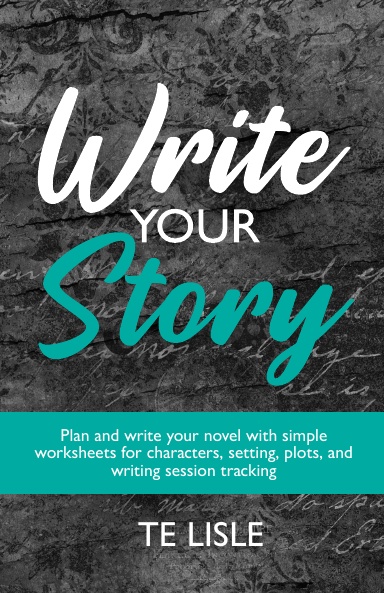If you have written a story and you’d like to improve it, either just so that your story is even better or because you’d like to do something with it like publish it, editing is something you are going to consider. Editing can come in a lot of different forms and phases, and here are four examples of them.
Structural edit
For some people, this looks like a rewrite. This phase focuses on the structure of the story, including things like the themes and pacing. This is where you can look at the story as a whole and decide if all of the events that happen in it are necessary, in the place that you want them to be, and if all the characters you have in the story need to be there.
This phase typically involves large, overarching changes that will affect the narrative and get the story into a state where the story you’re telling is the one that you want to tell. It’s more high level and ensuring that you have the beginning, middle, and end in the places you want them to be, and that everything is appropriately introduced and wrapped up.
Other people
Getting another set of eyes on your work is a fantastic way to make sure your story is reading the same way to you as it is to everyone else. Having another person read your story at different points in the process means that they can bring their insight and make suggestions on how to improve your story. This can range from large structural changes, to catching where something is inconsistent, to maybe even just picking out places where you spelled a name wrong.
This may take the form of beta readers or an editor, depending on what your intent is with this pass. Be sure to pick the right people for this phase based on what you want to get out of it.
Line edit
Line edits are a very detail-oriented type of edit. This is intended to make sure that all of your spelling and grammar are correct. This phase will check to make sure the details of the prose are correct, from placement of commas to ellipses, to ensuring dashes and em-dashes are being used correctly.
This phase may be supplemented with something like ProWritingAid or Grammarly, which are both programs that will check your prose to ensure that it is grammatically correct.
Read aloud
Hearing your story read out loud is a great way to find small things that you might have missed in other editing rounds. Bringing it off of the page means that you will gain a different perspective on your work and it can help you to catch where things are phrased strangely, or where you maybe made other errors like missing when you changed a character’s name.
You can read this yourself, have someone else read it to you, or even get a text-to-speech program to do it! So long as you are hearing your words, that’s all you need.
What other editing phases do you use?

Write Your Story: Unlock Your Creative Potential
Are you ready to embark on a journey into the world of storytelling? Look no further! Introducing Write Your Story, a comprehensive resource designed to fuel your imagination, enhance your storytelling skills, and bring your characters to life. Whether you’re an aspiring writer, a seasoned author, or simply someone who loves crafting stories, this workbook is your ultimate companion.
This Workbook Contains:
- Story planning spreads
- Setting and location spreads
- Character spreads
- Writing session tracker